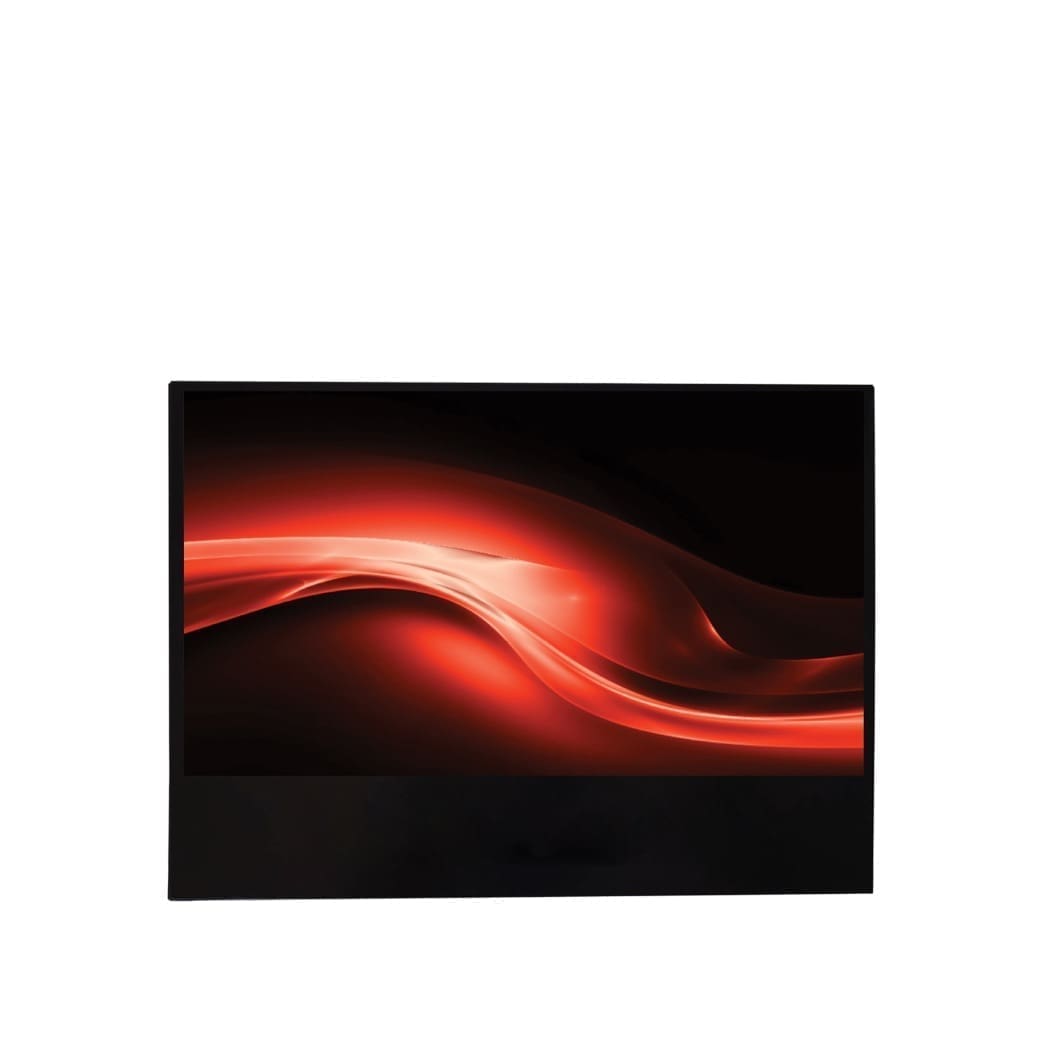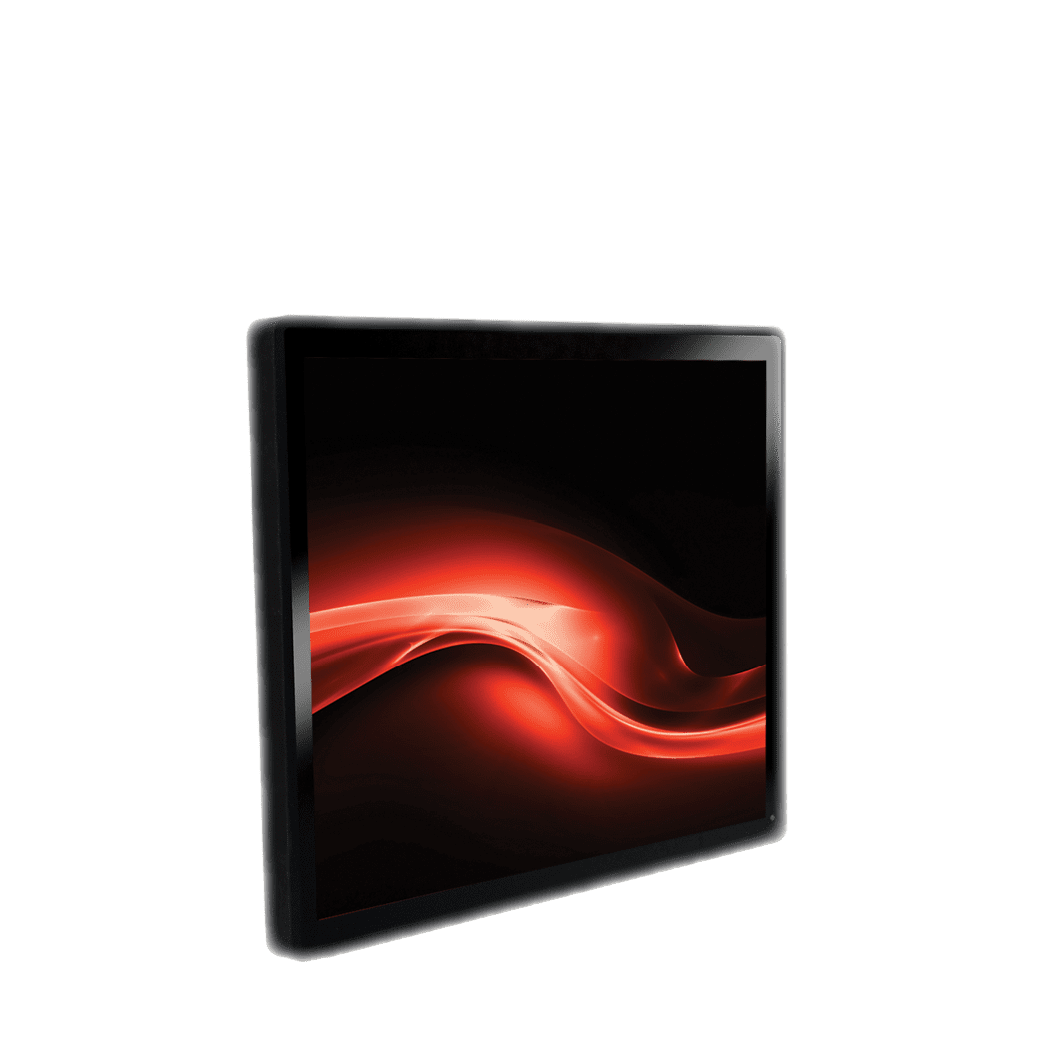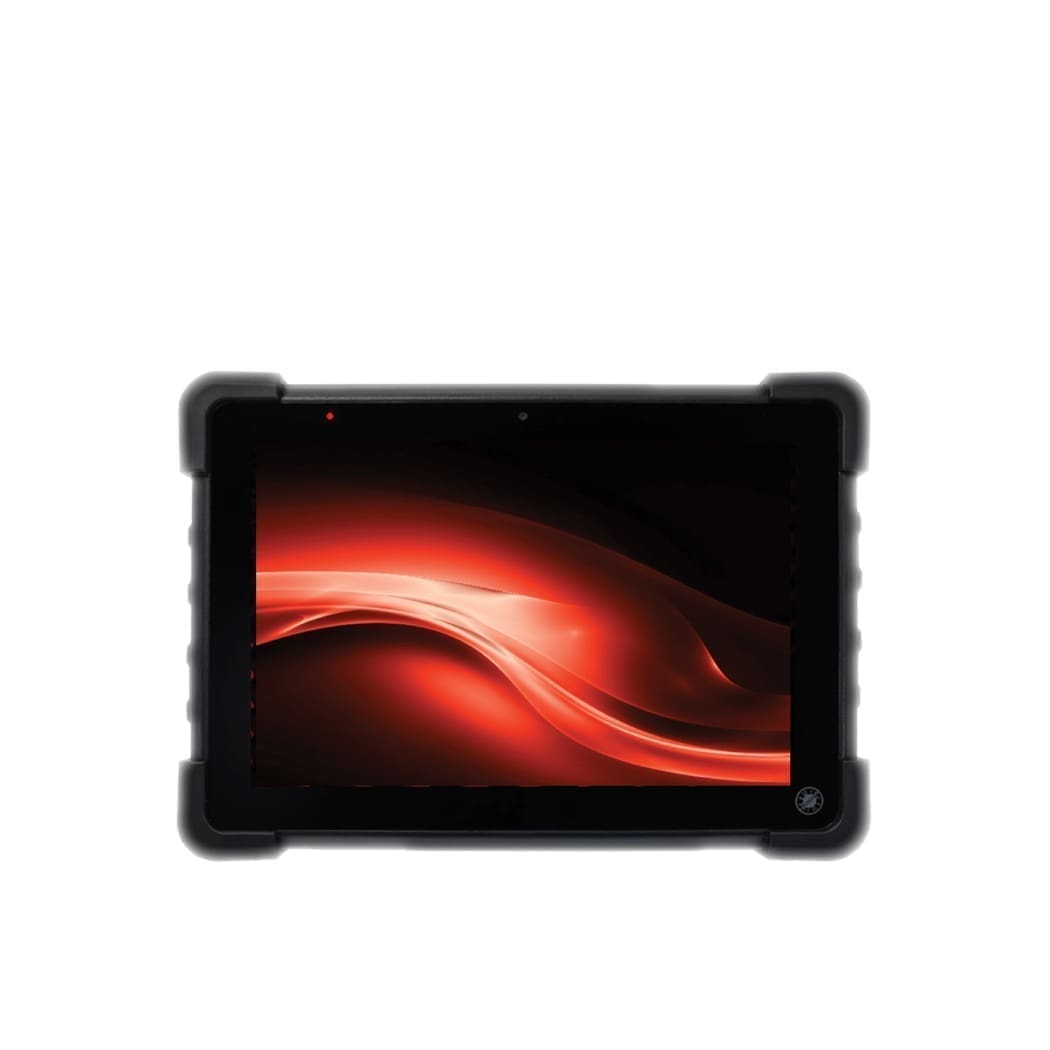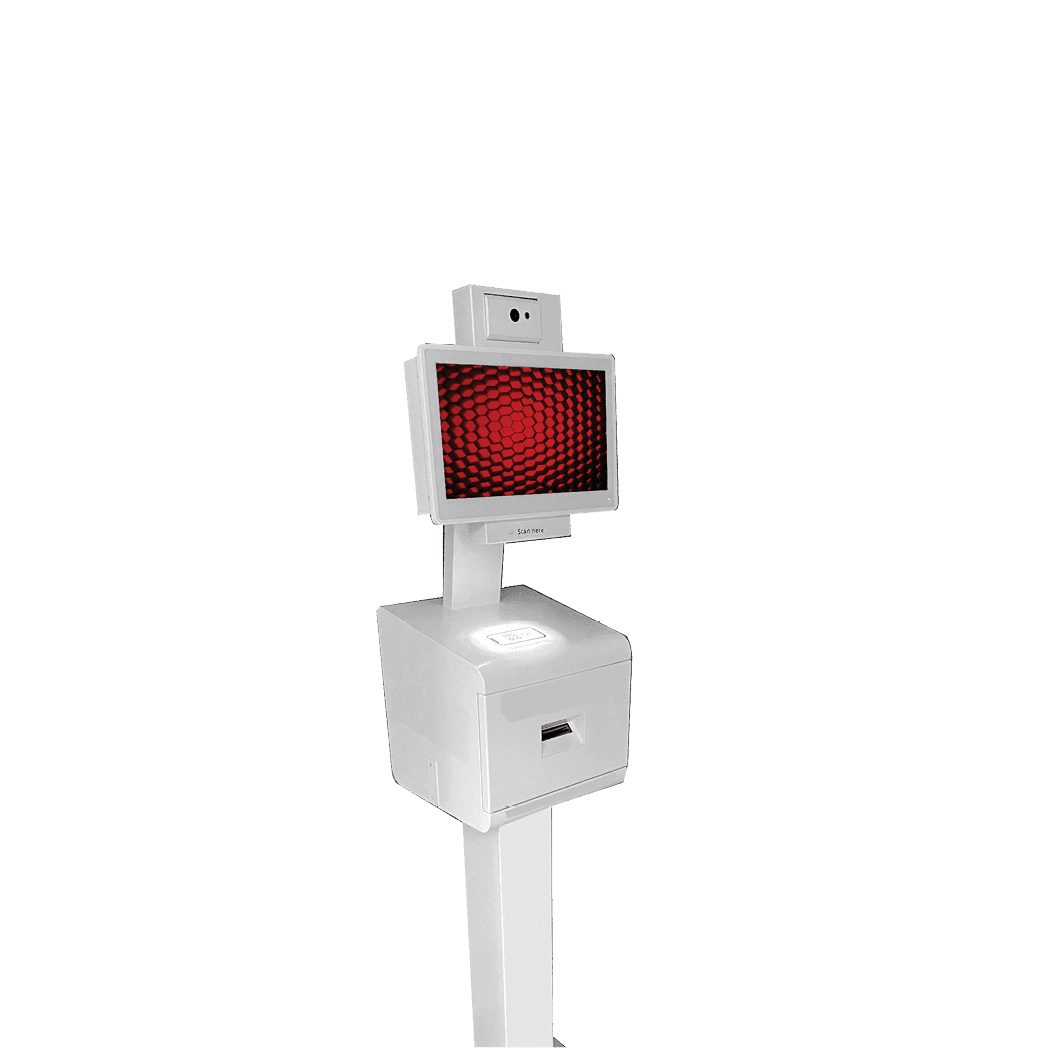Healthcare Integration
Healthcare & Hospital Signage and Touch Screens
Upgrade your healthcare facility with faytech’s advanced Hospital Signage and Touch Screens – enhance patient care and streamline operations with our intuitive, reliable solutions today. Contact us for quotes and customization.
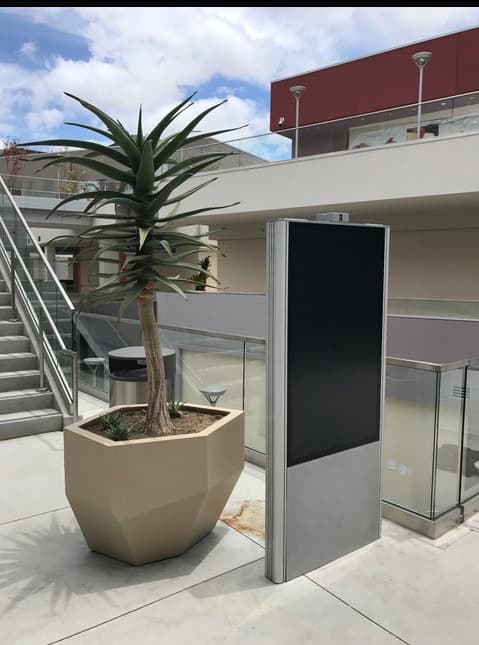
Interactive Healthcare
Interactive Health Care Signs, Kiosks and Touch Screens
Empower your healthcare facility with faytech’s Interactive Health Care Signs, Kiosks, and Touch Screens, designed to streamline patient check-ins, display vital health information, and facilitate seamless navigation within medical premises. By incorporating our responsive and reliable touch technology, healthcare providers can significantly improve the patient experience and operational efficiency.
faytech’s interactive health care signage solutions offer an invaluable toolset for hospitals and clinics seeking to modernize their patient services and information dissemination. These solutions support enhanced engagement by enabling patients to easily access their medical information, schedule appointments, and navigate facilities with interactive maps. For a healthcare environment that prioritizes patient engagement and efficient information flow, reach out to faytech to learn how our solutions can be integrated into your facility.
Healthcare Engagement
Touch
Screens
for Health
Care
Experience enhanced patient care and facility management with faytech’s digital signage and interactive touchscreen solutions, purpose-built for the healthcare industry. These sophisticated systems offer intuitive interfaces and high-performance capabilities, allowing healthcare professionals to efficiently share information, manage patient flow, and facilitate educational content in waiting areas and treatment rooms.
By adopting faytech’s innovative touchscreens in your clinic or hospital, you can streamline the patient journey, provide interactive health resources, and improve the way healthcare information is communicated. Explore the potential of faytech’s Digital Signage and Interactive Touch Screens for healthcare settings—reach out to us to understand how our technology can elevate your patient engagement and operational efficiency.
Enhance your healthcare facility with faytech’s touchscreen monitors, engineered to improve patient communication and optimize staff interactions and workflow management.
Experience seamless healthcare management with faytech’s touchscreen PCs, specifically engineered to enhance staff productivity and facilitate data-driven patient interactions and care management.
Harness the power of faytech’s touchscreen tablets to bring portability and real-time patient management to your healthcare services.
Explore faytech’s specialty touchscreen solutions, custom-designed to address unique challenges in healthcare settings, enhancing patient care and operational efficiency.
The Clear-Bond Advantage
faytech is the #1 provider of large format optical bonding services globally, and has its own proprietary optical bonding formula, CLEAR-BOND. CLEAR-BOND uses a silicone-based liquid adhesive that has been specifically created to provide the best optical bonding performance on the market, even in the most extreme environment
Improved Readability
Optical bonding can significantly enhance the visibility of digital signage displays by reducing the amount of reflection and glare.
Increased Touch Accuracy
Enhanced Durability
Optical bonding can make the display more resistant to physical impact, scratches, and other types of damage, increasing the longevity of the device.
Better Weather Resistance
Improved Image Quality
Improved Aesthetics
Efficient Healthcare
SMART Solutions for Healthcare Digital Signage
Elevate patient care and streamline hospital operations with faytech’s SMART Solutions for Healthcare Digital Signage. These advanced systems provide clear, real-time information, improve wayfinding, and facilitate communication between healthcare professionals and patients. Integrate our dynamic displays to reduce perceived wait times, convey health messages, and manage patient flow effectively. Enhance the healthcare experience with faytech’s innovative technology—contact us to discover how our SMART Solutions can benefit your facility today.
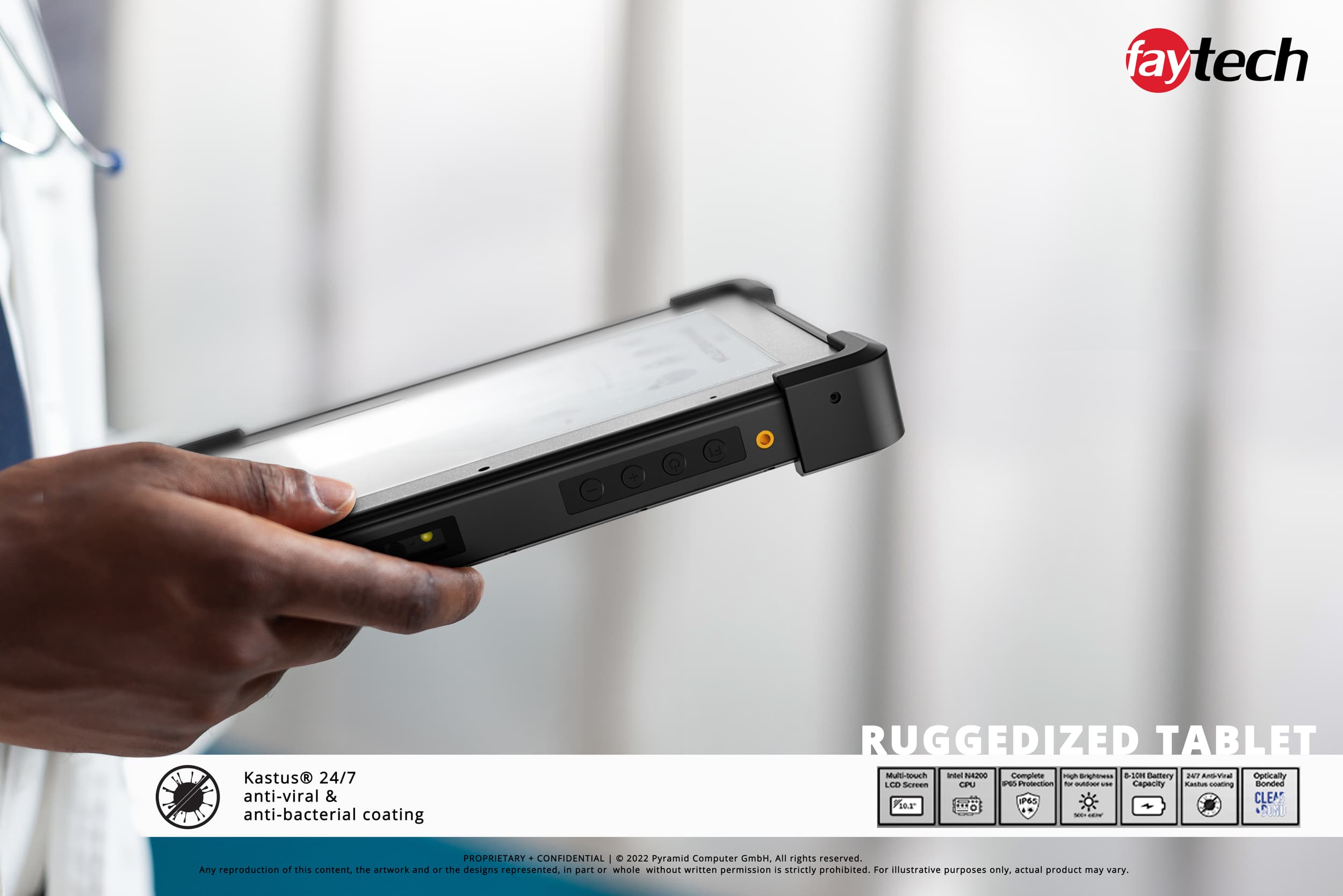
More Information
Hospital Signage: Enhancing Wayfinding & Customer Experience in Healthcare
Hospital signage plays a crucial role in guiding visitors and patients through the complex layout of hospitals and medical centers. Whether it’s directing people to the corridor or pointing them towards the entrance of the emergency room or emergency department, signage is essential for ensuring smooth navigation within healthcare facilities. Effective hospital signage using digital solutions enhances the visitor experience by providing clear directions and information. When arriving at a medical center, it is crucial for visitors to easily locate the emergency department entrance. With the help of vector illustration, hospitals can create visually appealing signs that guide visitors to the right place. These signs play a vital role in ensuring that visitors find their way quickly and efficiently.
Well-designed exterior signage, including road signs and entrance displays, helps people easily locate emergency departments and other facilities within the hospital corridor of a medical center. This is especially important for vehicles navigating the area, ensuring they can quickly find the necessary services. Additionally, proper lighting plays a crucial role in enhancing visibility and safety throughout the medical center. With the right lighting, design, and vector illustrations, exterior signage at a medical center can create a seamless navigation experience within corridors and throughout the facility. The designers of hospital signs understand the importance of guiding patients to the emergency room efficiently.
Best Digital Signage Practices for Improving Patient Experience and Wayfinding at Healthcare Facilities
Digital signage has become an essential tool in healthcare facilities, such as hospitals and medical centers, for enhancing the patient experience and improving wayfinding in the hospital corridor. This can be achieved through the use of vector illustration and 3D technology. By utilizing digital screens strategically, hospitals can provide real-time information, help patients navigate complex facilities, and engage them with targeted messages. This can be especially effective when it comes to exterior signage, road signs, corridors, and entrances.
Real-Time Information Updates
Digital signage allows hospitals to deliver important updates to patients in real-time, especially during emergency situations. With strategically placed screens near the entrance, a custom team can quickly disseminate crucial information to those who need it most. This includes information about hospital signage, wait times, appointment reminders, hospital corridor, entrance, road sign, and any other relevant updates. By prominently displaying hospital signage in the hospital corridor and exterior signage like road signs, patients can stay informed and manage their time effectively. For example:
-
Pros: Patients can check hospital signage for emergency sign wait times without having to approach staff or make unnecessary inquiries.
-
Cons: Over-reliance on digital signage may lead to confusion if there are technical issues or lack of proper maintenance.
Interactive Wayfinding Maps
Navigating large healthcare facilities can be overwhelming for patients. Interactive hospital signage, such as digital screens displaying wayfinding maps, can efficiently guide visitors to their desired destinations. These hospital signage maps allow patients to search for specific departments or services and provide step-by-step directions. For instance:
-
Pros: Patients can easily locate their desired destinations without getting lost or feeling anxious thanks to clear signs.
-
Cons: Limited availability of interactive maps may pose challenges for patients who are not familiar with technology and may struggle to sign up.
Dynamic Content Display
One of the advantages of digital signage is the ability to display dynamic content based on specific events or time of day. Hospitals can utilize this sign feature to display targeted messages, such as health awareness campaigns or upcoming events, within the facility. Here’s an example:
-
Pros: Displaying relevant content based on time or events increases patient engagement and promotes a sense of community. Using a sign to display this content is an effective way to catch the attention of patients and keep them informed.
-
Cons: Lack of regular updates may result in outdated information being displayed on the sign.
Integration with Mobile Apps/Websites
Integrating digital signs with mobile apps or websites allows hospitals to further enhance patient engagement by providing access to important health-related information. Patients can sign in to their smartphones to access additional resources, make appointments, or communicate with healthcare providers. Consider the following:
-
Pros: Seamless integration between digital signage and mobile apps/websites provides patients with a comprehensive and convenient experience.
-
Cons: Technical issues or compatibility problems may hinder the effectiveness of sign integration.
Digital signage has revolutionized the way hospitals communicate with patients and improve their overall experience. By leveraging real-time information updates, interactive wayfinding maps, dynamic content display, and integration with mobile apps/websites, healthcare facilities can create a more patient-centered environment. These facilities can achieve this by implementing sign technology that provides real-time updates and interactive maps. Additionally, dynamic content display and integration with mobile apps/websites can further enhance the patient experience.
Healthcare Digital Signage Solutions Enhance Environments
Digital signage solutions have revolutionized the way hospitals communicate with patients and visitors. By replacing traditional static signs with dynamic digital displays, healthcare facilities can create a modern and aesthetically pleasing environment that enhances the overall experience. Let’s explore how these solutions are transforming hospital signage.
Flexibility in Displaying Content
One of the key advantages of digital signage solutions is their flexibility in displaying various types of content. Whether it’s videos, images, or text-based messages, hospitals can easily customize and update the content on their digital displays to cater to specific sign needs. This allows them to showcase important information such as directions, announcements, or even educational materials effectively using a sign.
Aesthetically Pleasing Environment
Gone are the days of dull and outdated signs cluttering hospital hallways. With digital signage solutions, hospitals can transform their spaces into visually appealing environments. The sleek design and vibrant displays not only catch attention but also create a positive impression on patients and visitors alike.
Effective Promotion of Wellness Programs
Healthcare facilities often offer various wellness programs aimed at promoting healthy lifestyles among patients. These programs are a sign of the facility’s commitment to patient well-being. Digital displays are an excellent sign platform for effectively showcasing these programs. Hospitals can use engaging visuals and compelling messages to grab attention and encourage participation in wellness initiatives. One effective way to do this is by incorporating sign, such as colorful banners or eye-catching posters, that prominently display the key messages. These signs can be strategically placed in high-traffic areas of the hospital, ensuring that they are seen by a large number of people. By using signs, hospitals can effectively communicate the importance of wellness and motivate individuals to get involved in these initiatives.
Remote Management Capabilities
Managing multiple signs across different areas of a hospital can be challenging without proper tools. Digital signage solutions come with remote management capabilities that allow healthcare facilities to update content on multiple screens from one central location easily. This saves time and effort while ensuring consistent messaging throughout the facility. Additionally, having clear and visible signs helps to guide individuals and provide important information.
Digital Signage for Hospitals: Integrating Enhanced Patient Communication
Digital signage in hospitals has revolutionized the way important information is communicated to a large audience quickly and effectively. By utilizing interactive digital displays, hospitals can enhance patient communication and provide personalized information about their healthcare journey.
Quick and Effective Announcements
Hospital signage allows for the rapid dissemination of crucial announcements, such as policy changes or safety reminders. Instead of relying on manual methods like paper notices or verbal communication, digital signage ensures that important messages are displayed prominently throughout hospital corridors. This eliminates confusion and ensures that everyone is aware of any updates or changes.
Personalized Patient Information
Interactive digital displays can be used to provide patients with personalized information related to their healthcare journey. Patients can access appointment details, medication instructions, and other pertinent information specific to their needs. This not only improves patient satisfaction but also empowers individuals to take an active role in managing their own healthcare.
Promoting Health Campaigns and Community Events
Hospitals can leverage digital signage to promote health campaigns, share success stories, or highlight community events. By displaying engaging graphics, vector illustrations, or images related to these initiatives, hospitals can raise awareness among patients and visitors alike. This serves as a powerful tool for encouraging healthy behaviors within the community.
Real-Time Updates on Wait Times
By integrating digital signage with patient management systems, hospitals can provide real-time updates on wait times and queue status. Patients no longer have to rely solely on staff members for this information; instead, they can easily glance at strategically placed screens throughout the hospital. This transparency helps manage expectations and reduces frustration among patients waiting for medical attention.
Check In Kiosk: Your Solution for Efficient Patient Reception
Check-in kiosks are the answer to an efficient patient reception process. By allowing patients to input their information directly into the system, these self-service kiosks streamline the entire check-in process, reducing waiting times and improving operational efficiency in hospitals.
With check-in kiosks, patients have the convenience of updating personal information or making payments without having to wait in long queues at reception. This not only saves time but also enhances the overall visitor experience by providing a seamless and hassle-free check-in process.
One of the key benefits of check-in kiosks is that they free up valuable staff resources. Instead of spending time on administrative tasks like data entry or collecting payments, hospital staff can focus on what really matters – providing quality care to patients. This allows medical professionals to give their undivided attention to those who need it most, ensuring that each patient receives the right level of care promptly.
Moreover, these kiosks can be strategically placed at various locations within the hospital premises such as entrances, emergency rooms, or corridors. By having multiple touchpoints throughout the site, hospitals can cater to a larger number of visitors efficiently.
In addition to expediting check-ins, these self-service kiosks also serve as an effective communication tool. Hospitals can utilize them to display important announcements or provide educational materials about health-related topics. This not only helps in disseminating vital information but also engages patients while they wait.
By implementing check-in kiosks in hospitals, healthcare facilities can revolutionize their patient reception process. These user-friendly solutions not only improve efficiency but also enhance visitor experience and allow medical staff to prioritize patient care over administrative tasks.
Healthcare Kiosks: The Touchpoint for Modern Patient Services
Healthcare kiosks have become an essential touchpoint in hospitals and medical centers, revolutionizing the way patients access various services. These interactive kiosks offer a range of benefits that enhance the patient experience and streamline healthcare processes.
Convenient Access to Services
One of the primary advantages of healthcare kiosks is their ability to provide convenient access to essential services. Patients can use these self-service stations to schedule appointments, request medical records, or check-in for their appointments. By eliminating the need for manual paperwork or waiting in long queues, healthcare kiosks save valuable time for both patients and staff.
Tailored Educational Resources
Interactive healthcare kiosks go beyond basic service transactions; they also serve as a platform for providing educational materials and resources tailored to each patient’s specific needs. By offering information on various health conditions, treatment options, and preventive measures, these kiosks empower patients with knowledge that can improve their overall well-being.
Multilingual Capabilities for Effective Communication
In today’s diverse society, effective communication is crucial in healthcare settings. Healthcare kiosks equipped with multilingual capabilities bridge language barriers between patients and providers. This ensures that vital information is accurately conveyed and understood by all patients, regardless of their native language.
Privacy and Confidentiality
Collecting sensitive information from patients requires utmost privacy and confidentiality. Healthcare kiosks address this concern by providing a secure environment where patients can input their personal details without fear of compromise. This not only instills trust but also complies with strict data protection regulations.
By incorporating healthcare kiosks into hospitals and medical centers, healthcare facilities can enhance patient services while improving efficiency in administrative tasks. These touchpoints offer a seamless experience for patients while freeing up valuable time for staff members to focus on delivering high-quality care.
Patient Check In Kiosk: Streamlining Admissions with Smart Technology
Patient check-in kiosks revolutionize the admissions process in hospitals by automating and streamlining the entire experience. These innovative kiosks capture essential patient data accurately and efficiently, reducing errors caused by manual data entry and improving data accuracy in hospital records.
Automating Insurance Verification for Seamless Admissions
Integrated insurance verification systems within patient check-in kiosks play a crucial role in expediting the admissions process. By seamlessly verifying coverage details during check-in, hospitals can ensure compliance with insurance requirements without causing delays or additional paperwork for patients. This not only saves time but also reduces administrative burden on hospital staff.
Enhancing Patient Flow and Minimizing Wait Times
One of the significant advantages of patient check-in kiosks is their ability to expedite the admissions process, leading to enhanced patient flow and minimized wait times. Instead of standing in long queues at registration desks, patients can simply approach a self-service kiosk, enter their information, and complete the check-in process swiftly.
Improving Overall Hospital Efficiency
By leveraging smart technology, hospitals can significantly improve their overall efficiency through patient check-in kiosks. These kiosks free up valuable staff resources that would otherwise be dedicated to manual data entry and paperwork. As a result, hospital personnel can focus on providing quality care to patients instead of being tied down by administrative tasks.
Reducing Patient Anxiety
The use of patient check-in kiosks also helps alleviate anxiety for individuals visiting hospitals. Traditional registration processes often involve filling out multiple forms and waiting in crowded areas, which can be overwhelming for patients. With self-service kiosks, patients have more control over their own registration process, allowing them to feel more comfortable and relaxed during their visit.
Health Care Kiosks: Merging Technology with Patient Support Services
Health care kiosks have revolutionized the way patients access information and services within medical facilities. These interactive self-service stations offer a range of features that enhance patient support and streamline administrative processes.
Access to Educational Resources, Appointment Scheduling, and Prescription Refill Requests
Health care kiosks provide patients with convenient access to educational resources, allowing them to learn more about their health conditions or treatment options. Patients can also use these kiosks to schedule appointments, eliminating the need for lengthy phone calls or waiting in line at reception desks. Prescription refill requests can be submitted through the kiosk system, saving time for both patients and staff.
Self-Assessment Tools for Monitoring Health Conditions
Interactive kiosks offer self-assessment tools that empower patients to monitor their health conditions. By inputting relevant data such as blood pressure readings or symptoms experienced, patients receive personalized recommendations and guidance based on their unique situation. This not only encourages proactive health management but also reduces the burden on healthcare providers by enabling patients to take charge of their own well-being.
Gathering Valuable Insights through Surveys and Feedback Systems
Kiosk-based surveys and feedback systems allow hospitals to gather valuable insights from patients about their experience and satisfaction levels. By providing an easy-to-use platform for sharing feedback, healthcare facilities can identify areas for improvement and make informed decisions to enhance patient care. This real-time feedback mechanism ensures that hospitals stay attuned to patient needs and continuously strive towards delivering exceptional service.
Integration with Telehealth Services for Remote Consultations
Health care kiosks can be seamlessly integrated with telehealth services, enabling remote consultations between doctors and patients. This integration allows individuals in remote locations or those unable to physically visit a hospital to receive medical advice or follow-up consultations conveniently. By leveraging technology in this way, healthcare providers expand access to quality care while ensuring patient convenience and safety.
Incorporating health care kiosks into medical facilities offers numerous benefits, from empowering patients with self-service options to improving overall efficiency and patient satisfaction. The merging of technology with patient support services is transforming the healthcare landscape, making it more accessible, convenient, and patient-centric.
Conclusion: The Impact of Hospital Signage & Touchscreens on the Patient Experience
In conclusion, the implementation of digital signage and touchscreens in healthcare facilities has proven to have a significant impact on the patient experience. By adopting best practices for improving wayfinding and communication, healthcare providers can create an enhanced environment that streamlines admissions, improves patient reception, and merges technology with support services. Digital signage not only provides clear directions and information for patients but also offers a modern touchpoint for various patient services.
By integrating digital signage solutions, hospitals can improve patient satisfaction, reduce stress levels, and enhance overall efficiency. These technologies empower patients to navigate complex hospital environments more easily while providing them with essential information at their fingertips. Furthermore, check-in kiosks streamline admissions processes by leveraging smart technology to expedite registration and reduce waiting times. This not only improves the patient experience but also increases operational efficiency for healthcare providers.
To ensure a seamless transition towards incorporating digital signage in healthcare facilities, it is crucial for hospitals to partner with reputable providers who specialize in healthcare-specific solutions. By prioritizing expertise and reliability when selecting digital signage vendors, hospitals can guarantee optimal performance and long-term success. Investing in these innovative technologies demonstrates a commitment to enhancing patient care through improved communication channels and streamlined processes.
FAQs:
How can digital signage improve wayfinding in hospitals?
Digital signage provides clear directions and interactive maps that help patients navigate complex hospital environments more easily. With real-time updates on room availability or changes in appointment schedules displayed on these screens, patients can stay informed about their journey throughout the facility.
Can check-in kiosks really reduce waiting times?
Yes, check-in kiosks significantly reduce waiting times by automating the registration process. Patients can enter their information directly into the system, verify insurance details electronically, and complete necessary paperwork without having to wait in line at reception desks.
Are there any privacy concerns with touchscreens in healthcare settings?
Digital signage and touchscreens in healthcare settings prioritize patient privacy. These systems are designed to securely handle patient data, ensuring compliance with privacy regulations such as HIPAA. Hospitals should partner with vendors who prioritize data security and provide robust encryption measures.
How can digital signage improve communication between patients and healthcare providers?
Digital signage can display important announcements, educational content, and personalized messages for patients. It serves as an effective communication tool to keep patients informed about their treatment plans, upcoming appointments, or any changes in hospital policies.
What types of support services can be integrated into healthcare kiosks?
Healthcare kiosks can offer a range of support services, including appointment scheduling, prescription refills, bill payment options, wayfinding assistance, and access to educational resources. These self-service kiosks empower patients to independently manage various aspects of their healthcare journey.
Interested in Touch Screens or Digital Signage for Healthcare Use?
Explore the future of healthcare with faytech’s cutting-edge touchscreen solutions tailored for clinics and hospitals. Reach out to us today to discover how our technology can improve patient care and streamline administrative processes.

